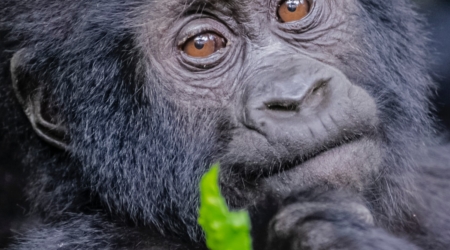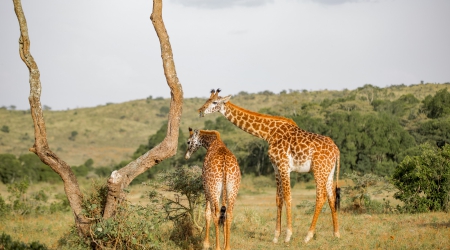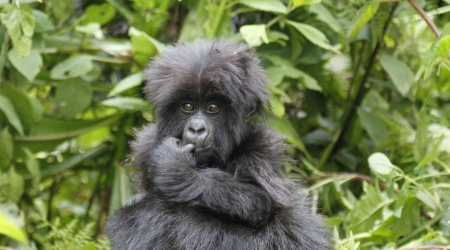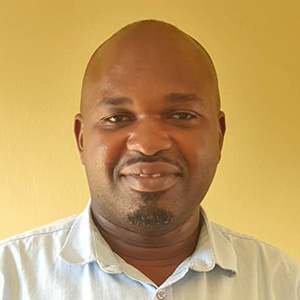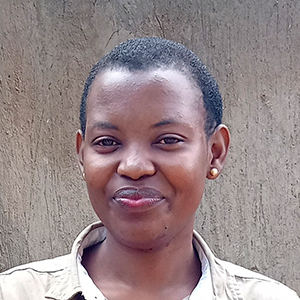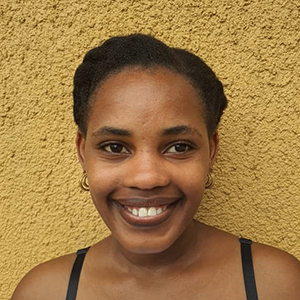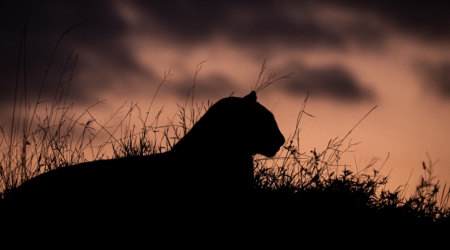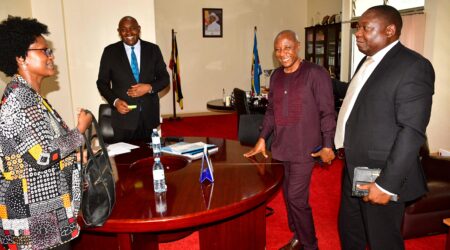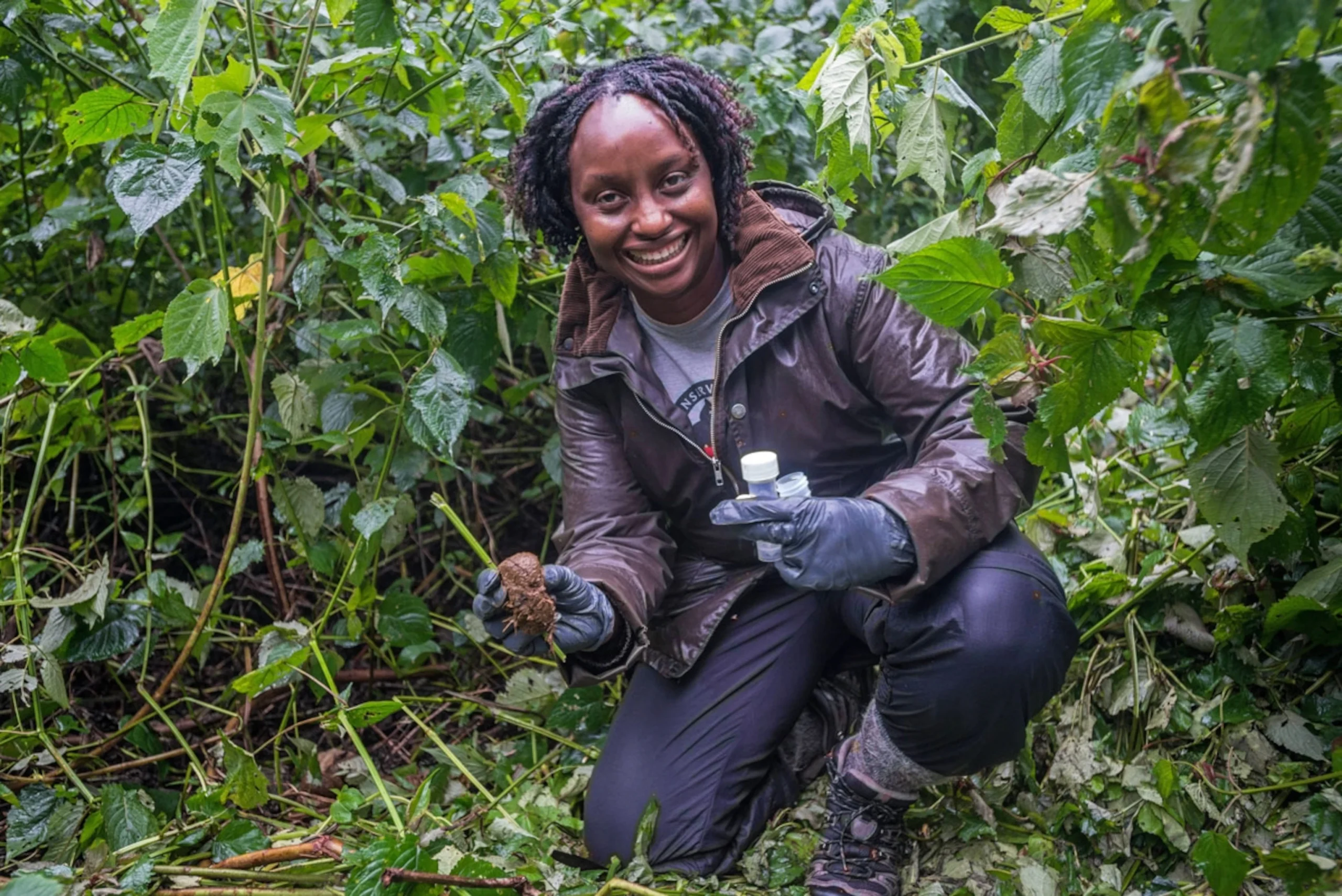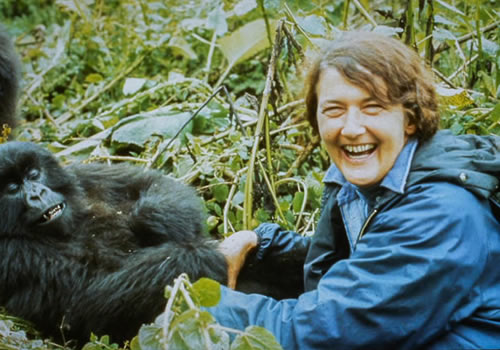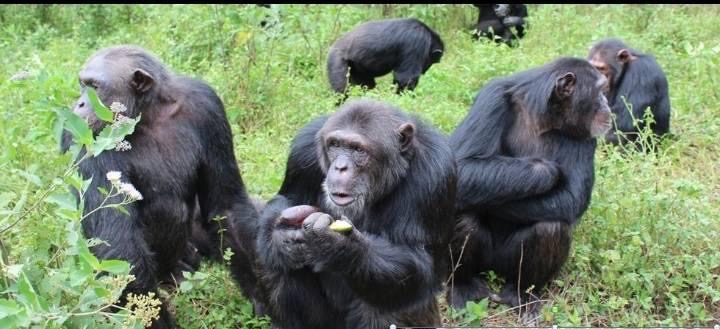Rwanda offers a rich tapestry of culture and heritage despite its tragic history. The country has a wonderful landscape, including mountains, valleys, savannah, and lakes, which derived the name “the land of a thousand hills.” The country has emphasized eco-tourism and has gained popularity in wildlife, such as mountain gorillas and other wildlife safaris. Tourists love to adventure into Rwanda’s cultural heritage for its uniqueness. The culture of Rwanda is diverse, and it has various ethnic groups, including the Hutu, Tutsi, and Twa. They have different traditional dances, music, celebrations, and drama. Here are some places you should consider visiting for a deep dive into Rwanda’s culture and heritage:
Ethnographic Museum of Rwanda
This museum in Nyamirambo, Kigali, showcases Rwanda’s diverse cultural heritage through exhibits on traditional lifestyles, crafts, and customs. Belgium established it and handed it over to the Rwandan government as a gift to commemorate Rwanda’s 25th independence anniversary. It includes several artifacts such as woven baskets, traditional clothes, musical instruments, ceramics, hunting weapons, and traditional farming tools. All these exhibit the traditional customs and lifestyles of the people of Rwanda. it is a significant cultural repository and is an important destination for people interested in learning about the rich culture of Rwanda
The modern style of the museum building is remarkable; it was intended to blend in perfectly with the surrounding environment. It also plays a vital role in educating both locals and foreigners who come to visit the place about the history and culture of Rwanda through hosting several workshops and educational programs as well as hosting cultural events
The Ethnographic Museum of Rwanda, located in Huye (formerly known as Butare), is one of the most important museums in Rwanda. It provides a deep insight into Rwandan cultural heritage and history. Here are some key points about the museum:
Kigali Genocide Memorial
This memorial is a poignant tribute to the victims of the 1994 genocide. It provides an essential context for understanding Rwanda’s recent history and impact on the nation. The memorial is an important site that was built to commemorate people who died in genocide. The incident was between the Hutu and the Tutsi, where a lot of Tutsi people were killed.
The memorial is located in Gisozi, Kigali, the capital city of Rwanda. It includes massive graves where people killed were buried. Almost 250,000 people were buried at the memorial; this provides a mourning ground for their loved ones. The ground exhibits Rwanda’s history, from the genocide to the subsequent events; these include pictures, individual possessions, eyewitnesses, and survivor testimonials. It also provides educational resources and activities to visitors and students to help them comprehend the origin, ramifications, and lessons of the genocide. Its main objective is to foster harmony and peace.
The memorial provides a space for survivors and their families to grieve and find solace. It also fosters dialogue and understanding among Rwandans and the international community, reminding them of the horrors of hatred and the importance of reconciliation and unity.
The memorial hosts events and commemorations during the annual genocide remembrance period in April. Visitors tend to book-guided Kigali city tours to have in-depth information about the history of the genocide and those men, women, and children’s lives.
Gorilla Guardians Village (Iby’iwacu Cultural Village)
Located near Volcanoes National Park, Gorilla Guardians Village provides a glimpse into Rwandan traditional life and culture. It is situated in the Musanze district, which is renowned for being close to the mountain gorillas’ habitat. The Gorilla Guardians Village is an important cultural and tourism initiative in Rwanda, designed to provide visitors with an authentic experience of Rwandan cultural heritage while supporting local communities and conservation efforts.
It was established to offer cultural experiences to tourists, empower local communities, and contribute to the conservation of endangered mountain gorillas. It includes different cultural experiences through music, dance, traditional crafts, local cuisines, and cultural involvement. Visitors can be involved in those activities for a wonderful cultural experience. Learn how to prepare local dishes, demonstrate traditional crafts, and understand local communities’ use of traditional medicine and healing techniques. Gorilla Guardians Village is under the management of the local community, somewhere poachers who understand the importance of conservation.
The village offers a cultural tourism experience and helps preserve and promote Rwanda’s cultural heritage, which will be passed on to future generations. It also contributes to the protection of mountain gorillas by providing alternative livelihoods to former hunters and poachers, who were big threats to their habitat.
Guided tours to Gorilla Guardians village can be arranged for visitors to provide more details on various activities done at the village. They will participate in hands-on activities while engaging with the locals and their culture, which will provide an interactive experience and get to learn and know more about their culture and lifestyle.
The Gorilla Guardians Village represents a successful model of community-based tourism that integrates cultural heritage, economic development, and wildlife conservation, making it a unique and enriching destination for visitors to Rwanda.
Nyanza Royal Palace
Nyanza was the traditional capital of the Rwanda kingdom. Also known as the Rukali Palace, this was the traditional seat of the Rwandan monarchy where Yuhi Musinga sat during his rule from 1896 to 1931 and his successor, King Mutara Rudahigwa iii, until 1959. It is an important cultural and historical site in Rwanda that has been restored to its pre-colonial state and offers insight into Rwandan kings’ traditional governance and lifestyle.
The palace is part of Rwanda’s larger national museum system, which includes other cultural sites across the country. It also portrays traditional Rwandan architecture, including replicas of the royal hut and local materials such as reed, grass, and wood, characterized by its thatched rooftop and circular structure. Tourists can visit the palace and see exhibits that portray the cultural history of the Rwandan monarchy, such as different artifacts, and get to know the ceremonies and rituals of the royal kingdom.
Rwanda Art Museum (former Presidential Palace)
Situated in Kanombe, Kigali, this museum displays contemporary Rwandan art and historical artifacts related to the presidency before 1994. It was once a president’s home before the genocide but later became a museum that displays Rwandan art, featuring works from established artists and mergers. These include paintings, sculptures, and mixed-media works that reflect different aspects of Rwandan life.
The building is a significant example of mid-20th-century architecture and provides an intriguing backdrop to the contemporary art displayed within. It offers a unique glimpse into Rwanda’s political history through its location. The former Presidential Palace has been preserved, allowing visitors to explore some of the rooms used by past presidents. One of the most notable exhibits is the debris of the presidential jet that crashed on April 6, 1994, an event that triggered the Rwandan genocide.
Rwanda Cultural Heritage Centre (Rwesero Art Museum)
Rwensero Art Museum is a cultural gem that showcases contemporary African art and Rwandan heritage. It is located in Nyanza, a region rich in Rwandan history and culture. The museum features Rwandan cultural heritage through art, music, dance, and crafts. It serves as a cultural hub for art enthusiasts and also provides a platform for artists to showcase their work, such as paintings, media works, and sculptures.
The museum has a gift shop offering a range of art-related products, including prints, crafts, and books, allowing visitors to take a piece of their experience home. It also includes an on-site café provides a relaxing space for visitors to enjoy refreshments and reflect on the artworks they have seen. Rwensero Art Museum supports artist residencies, allowing local and international artists to live and work in Rwanda, fostering cross-cultural exchange and collaboration. Visitors can take guided city tours to the museum to gain deeper insights into the artworks and the stories behind them. Knowledgeable guides provide context and background, enhancing the visitor experience. The museum is a must-visit destination for anyone interested in contemporary African art, Rwandan culture, and artistic expression.
Intore Dance Troupe Performances
This is one of the most popular traditional dance troops in Rwanda. They display a vibrant dance performance with a historical background of Rwanda culture. The Intore in the local language means the chosen one. This dance originated from the warriors who performed it after a victory in the battle to celebrate victory and bravery. However, as time elapsed, it became a performing dance technique that became part of Rwanda’s culture.
The performances are accompanied by traditional music played on instruments such as the ingoma (drums), umuduri (a stringed instrument), and ikembe (a type of thumb piano). The rhythm and beat of the music are crucial to the dance, driving the dancers’ movements and energy. The Intore dance is characterized by its high-energy movements, including leaps, stomps, and complex footwork. Dancers wear traditional attire, which includes grass wigs, flowing skirts, and beaded accessories, adding to the visual spectacle. It is usually performed by men and women, showcasing different dancing styles. While the Intore dance remains rooted in tradition, contemporary performances may incorporate modern elements or themes, making the art form dynamic and relevant to today’s audiences.
The Intore dance performances are often held during national celebrations, cultural festivals, and important ceremonies such as weddings and official state functions. They are a way to honor Rwandan traditions and bring the community together. You can witness performances by the Intore dancers in Rwanda, who showcase traditional Rwandan dance, music, and ceremonies.
Note: The Intore dance is not just a form of entertainment but also a means of preserving and promoting Rwandan culture. It symbolizes national pride and a way to pass down traditions to younger generations.
These sites offer a comprehensive view of Rwanda’s cultural and historical identity, from ancient traditions to contemporary expressions. Each place provides valuable insights into the resilience and richness of Rwandan culture. Book your Rwanda safari holiday with us to experience every bit of Rwanda Culture. We can combine and blend it with either the Rwanda gorilla safari or extend it to Uganda safaris into the national parks and cultural sites in Uganda.







